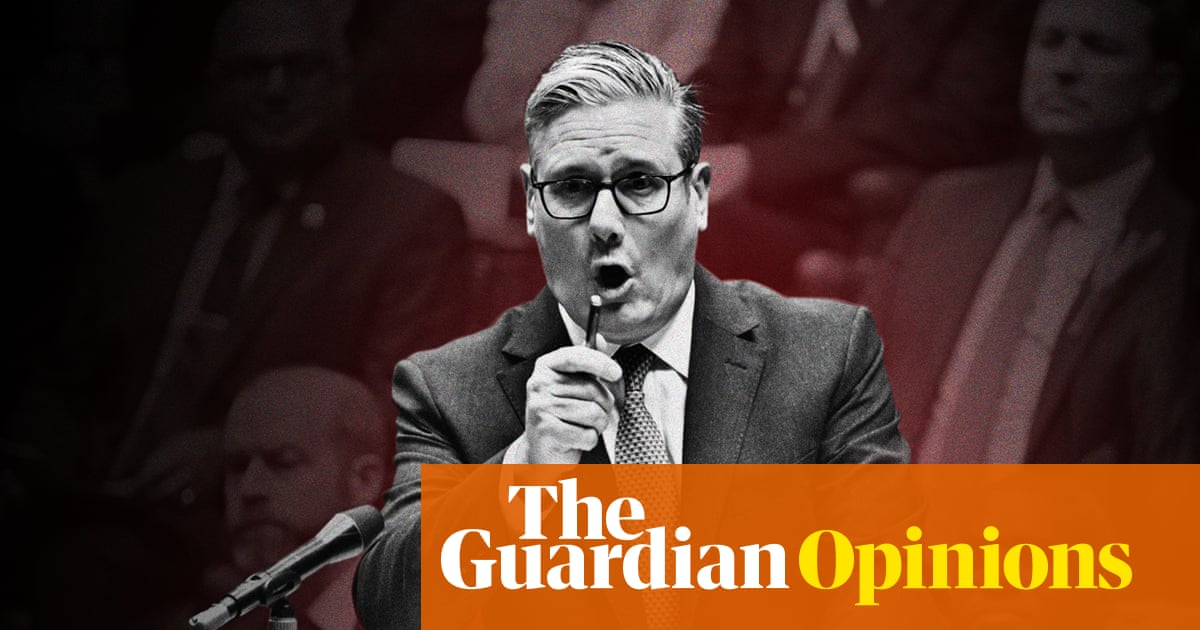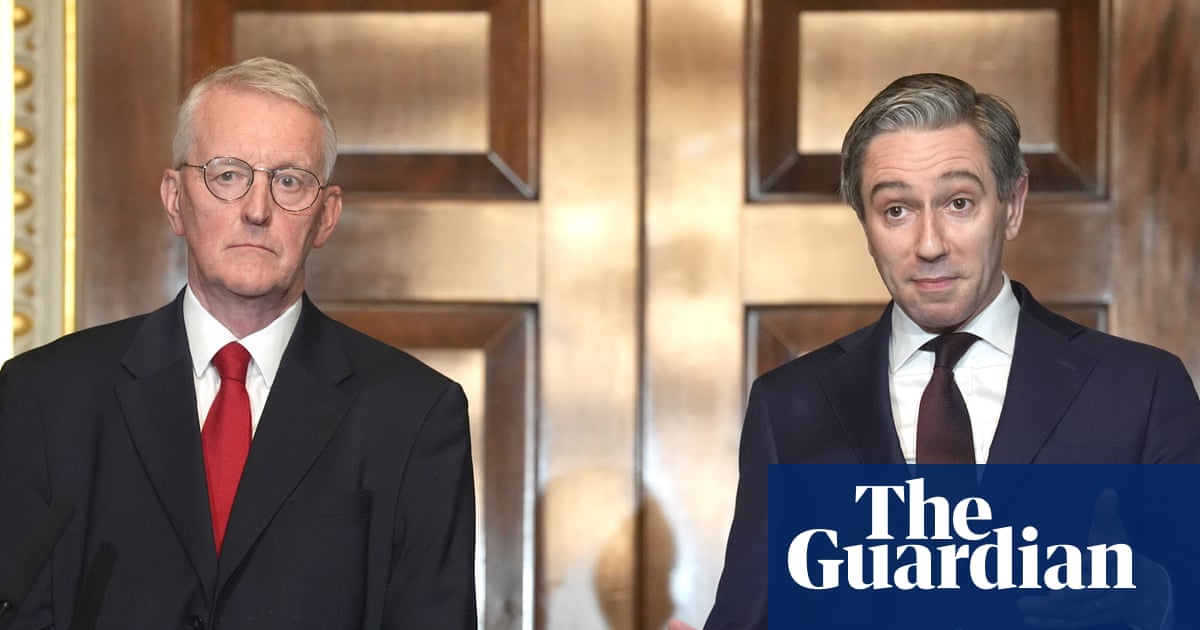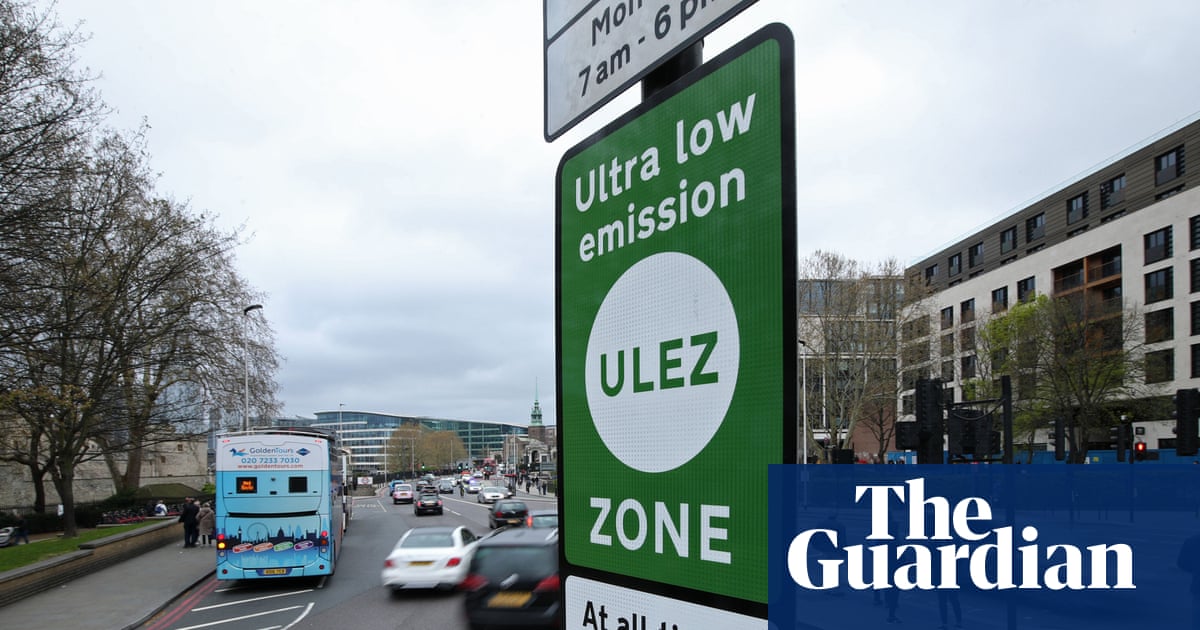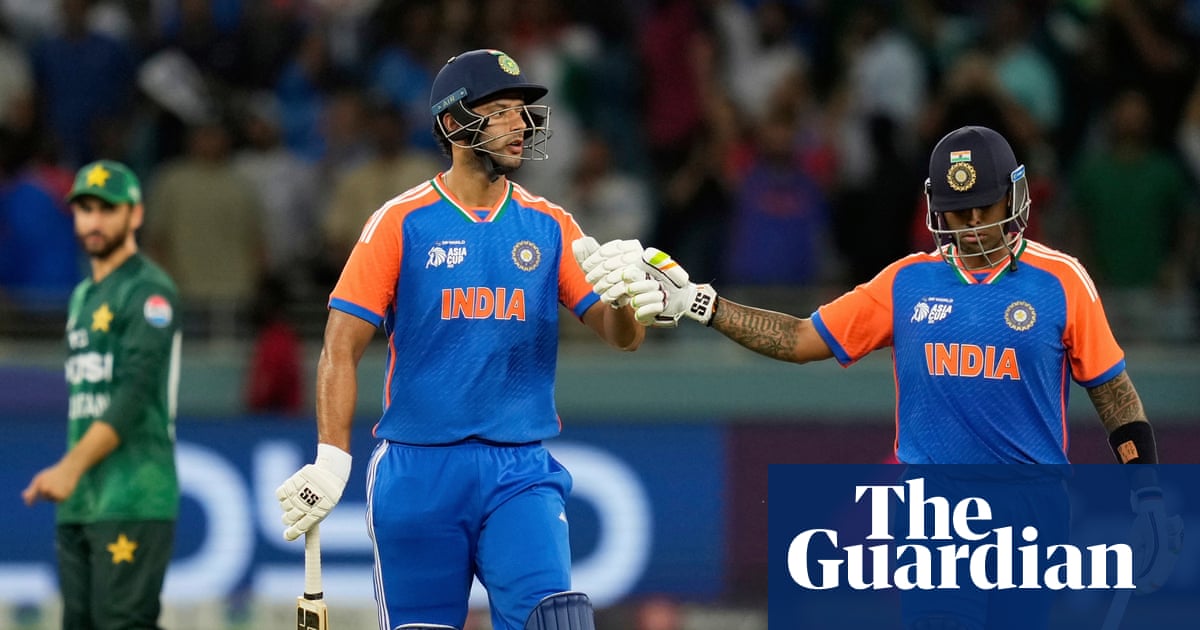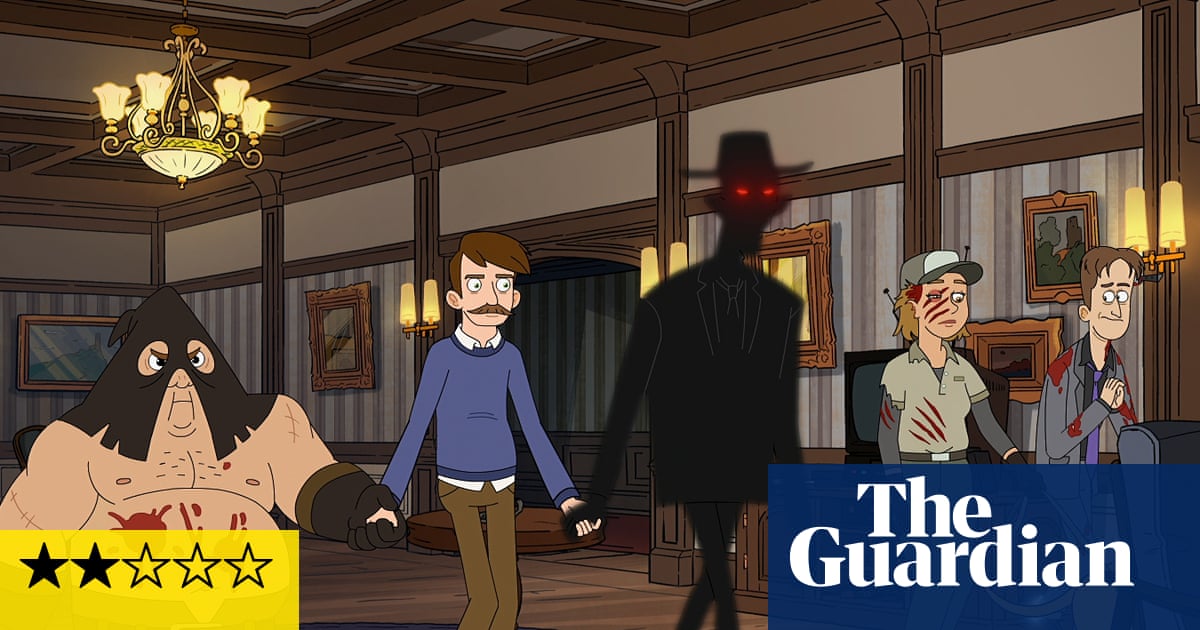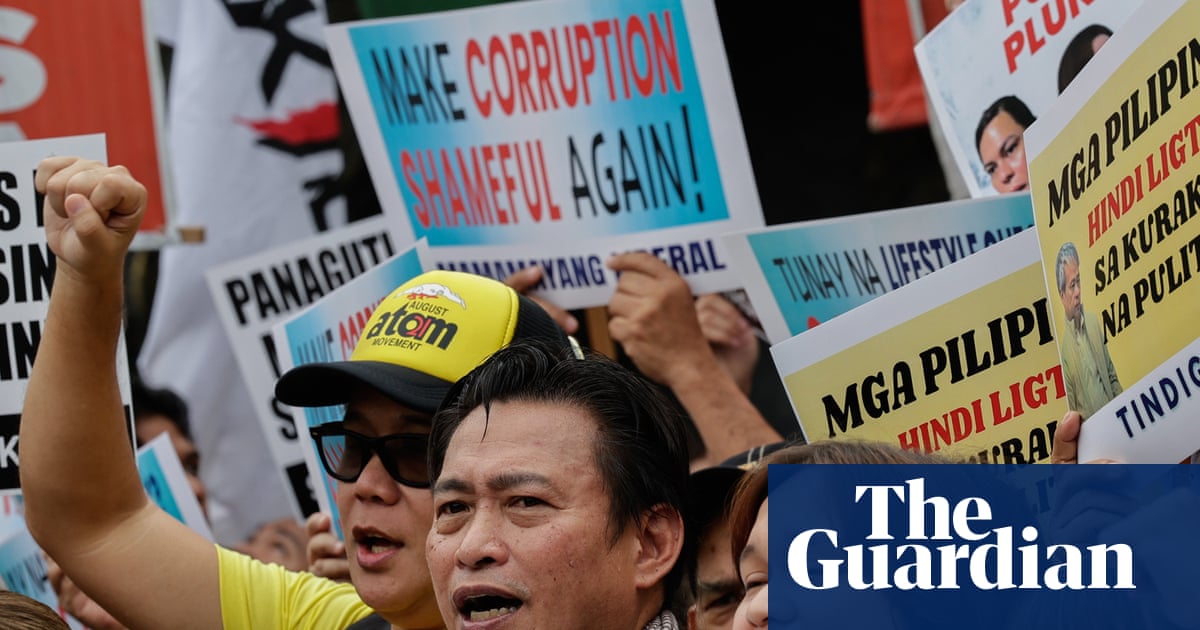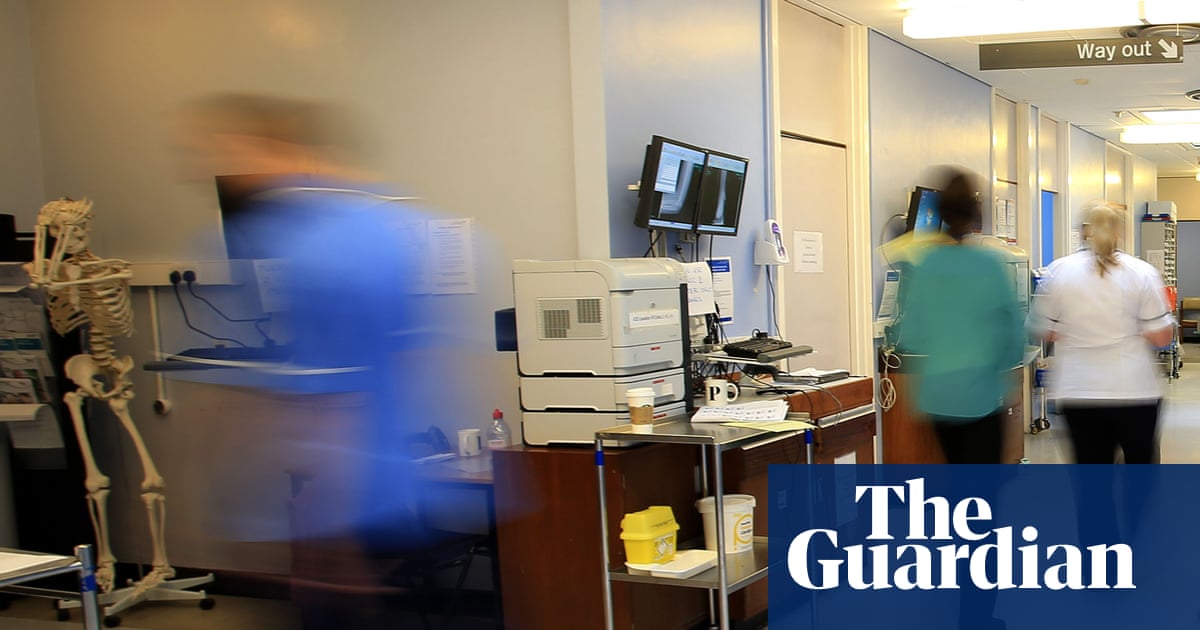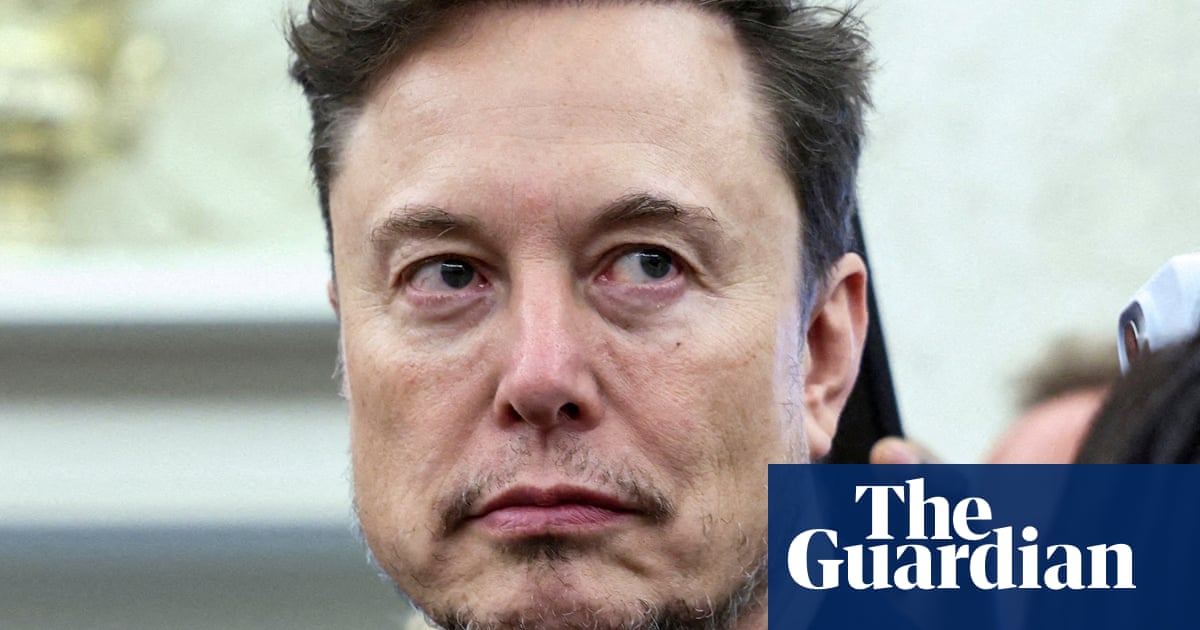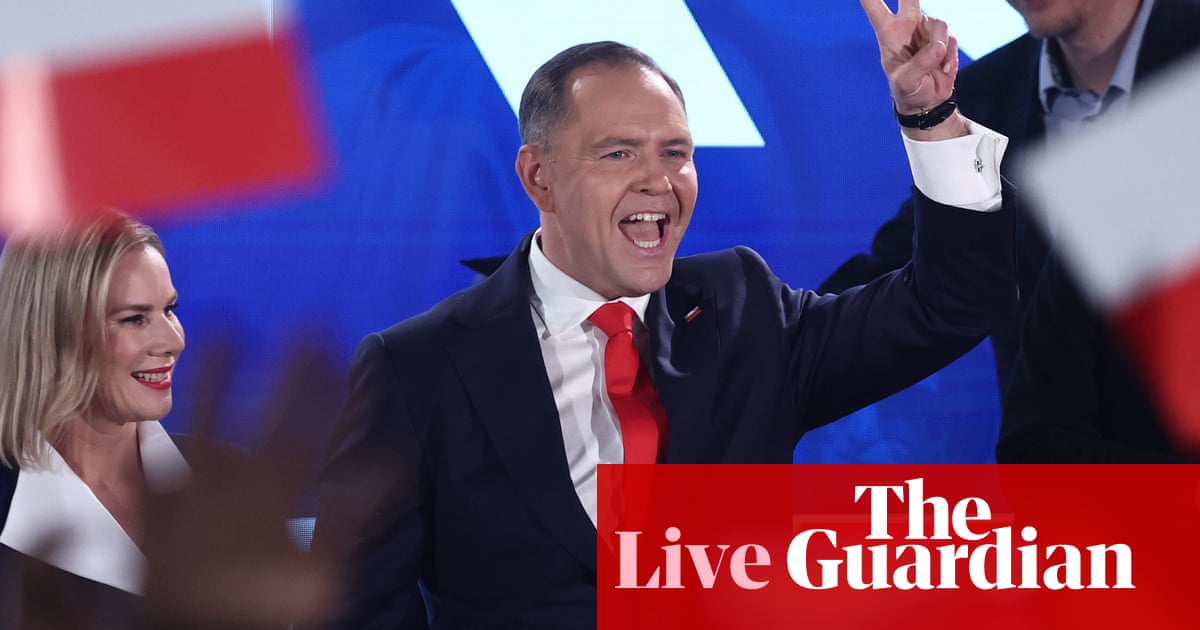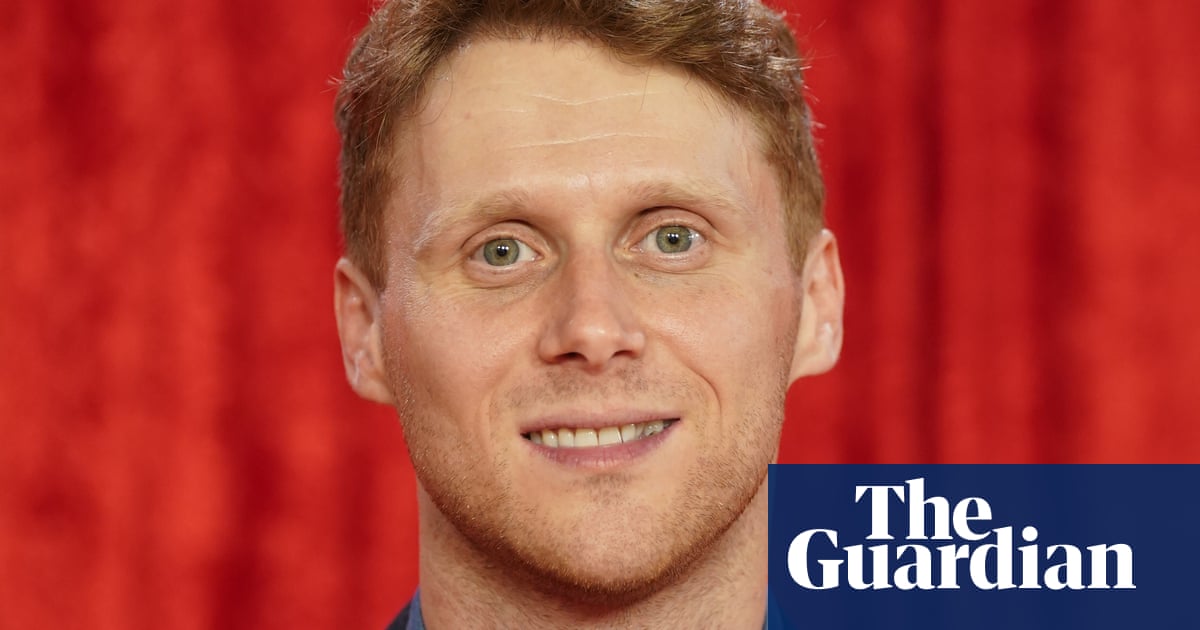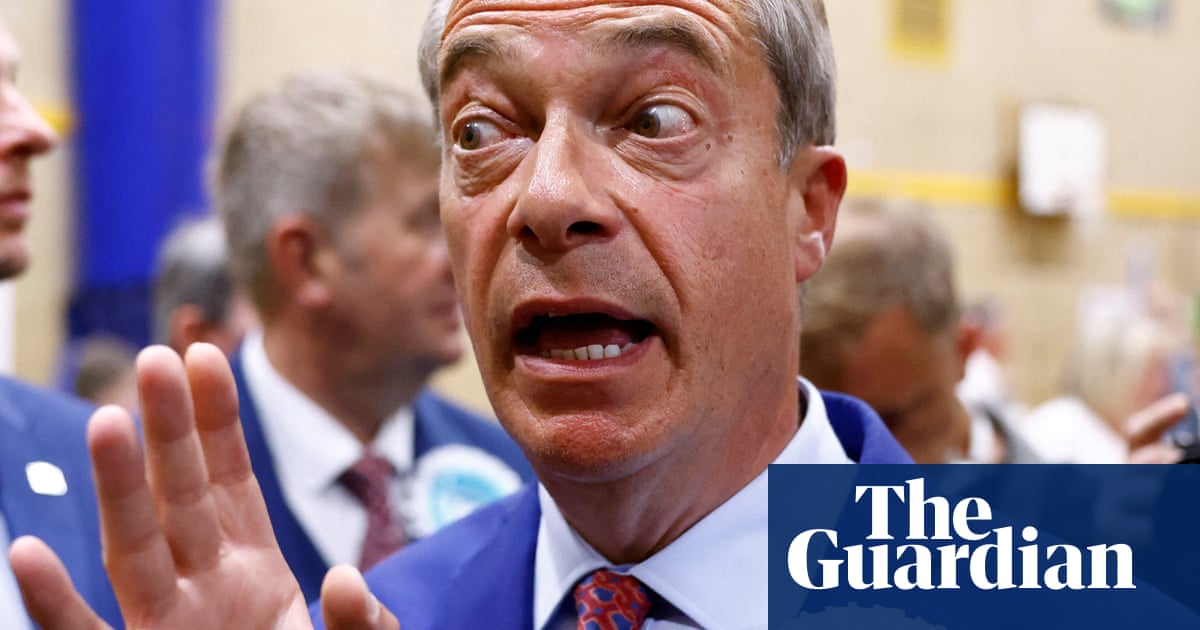Patients left in pain and discomfort. Thousands of appointments and operations cancelled. Much of the reaction to the decision of resident (formerly junior) doctors in England to stage their third six-month series of strikes over pay in just 16 months has focused on the disruption to NHS services.
But their stoppages also threaten to pose serious problems – political, economic and reputational – for the government. For Keir Starmer, Wes Streeting and inescapably Rachel Reeves too, this is a situation replete with risk but without an obvious solution.
First, it will make the already tricky delivery of the government’s main NHS pledge – to restore the 18-week wait for planned hospital care by 2029 – even harder.
Last July, Labour inherited a waiting list that stood at 7.6m treatments and appointments. After a year of the party overseeing the NHS, it remains at a stubbornly high 7.4m. On current trends, ensuring that 92% of those waiting get seen within 18 weeks of referral by a GP as promised looks like a real stretch even without strikes.
As the NHS Confederation chief executive, Matthew Taylor, says: “Hitting the 92% target is a difficult enough ambition without further industrial action.”
Second, a fresh round of strikes by doctors in training could embolden other NHS staff groups to do the same. That is a real fear among health bosses.
Other health unions envy the 22% rise for 2023-24 and 2024-25 that the then junior doctors got within days of Streeting becoming health secretary and noted that it came after they withdrew their labour on 11 occasions, for a total of 44 days, in 2023 and 2024. Resident doctor stoppages could well encourage others.
The Royal College of Nursing and Unison recently initiated indicative ballots about possible strike action. Both have done so in recent years and have restive memberships, many of whom see NHS salary rounds as involving doctors who are far better paid getting preferential treatment yet again.
As the Health Foundation noted recently, even though the strikes by doctors, nurses, ambulance crews and others ended, “there remains significant underlying dissatisfaction with pay” among NHS staff trying to cope with more than three years of historically high inflation.
Third, a government that has got itself into huge difficulties over the cost of winter fuel payments and disability benefits will struggle to offer a bigger pay rise than the 5.4% it unveiled in May – at least, not in the form of extra cash from a Treasury that does not have it.
That leaves open the possibility that ministers could agree a bigger rise with the British Medical Association (BMA) and tell the NHS to fund it. But with the health service already grappling with a forecast deficit of £6.6bn for this year, it has no money to spare.
There is no obvious middle ground for Streeting and the BMA to meet on. He has insisted that this year’s 5.4% settlement will not be reopened. The union for its part says he needs to produce “a credible offer” to address a 20% real terms fall in resident doctors’ pay and start to “negotiate a path to full pay restoration” – or face strikes that could last until next January.
The recent readiness of the medical profession’s younger members to take industrial action in pursuit of their 29% pay claim suggests they will not back down. Streeting struck a deal with a BMA weary after 44 days of strikes and fruitless negotiations with the previous government. It will take all his persuasive skills, and a pragmatism so far unseen in the BMA’s approach, for the same to happen again.

 2 months ago
66
2 months ago
66
